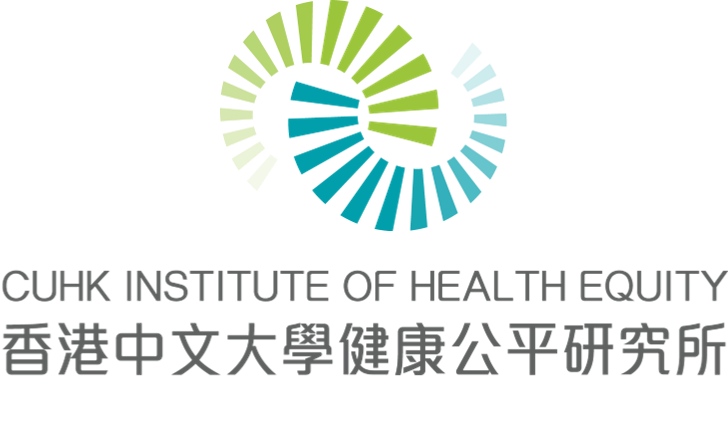For a lasting healthcare fix, Hong Kong must look beyond the symptoms
Hong Kong’s plan to reduce public healthcare subsidies from 97% to 90% by 2030 represents a significant shift in one of the world’s most heavily subsidised systems. While the territory’s health bureau portrays this as necessary realignment, the proposed reform warrants careful consideration of its far-reaching implications for healthcare equity and access.
Hong Kong’s plan to reduce public healthcare subsidies from 97% to 90% by 2030 represents a significant shift in one of the world’s most heavily subsidised systems. While the territory’s health bureau portrays this as necessary realignment, the proposed reform warrants careful consideration of its far-reaching implications for healthcare equity and access.
The most immediate concern is that increased costs will deter patients from seeking timely treatment. Healthcare decisions are rarely made with perfect information—patients struggle to distinguish between symptoms requiring immediate attention and those that can wait. By raising financial barriers, there is a risk of turning today’s “unnecessary” emergency visits into tomorrow’s complex and costly hospital admissions. This is particularly true for elderly patients, for whom conditions like urinary tract infections often present atypically as confusion or agitation—symptoms easily misclassified as non-urgent but requiring prompt intervention to prevent serious complications.
Officials argue that some patients exploit Accident & Emergency departments for minor ailments that could be better handled elsewhere. This accurately identifies a symptom while missing the underlying pathology: Hong Kong’s striking lack of accessible primary care alternatives.
Despite publishing a Primary Care Blueprint in 2022 promising District Health Centres and better coordination, implementation has proceeded at a glacial pace. Only a fraction of healthcare spending is directed to primary care compared with specialist and hospital services, creating an imbalanced system that naturally funnels patients toward hospitals. The 2024 Policy Address acknowledged the need to strengthen public healthcare, but the current reforms appear to address symptoms rather than causes.
Proponents of subsidy reduction point to other developed healthcare systems, noting that even at 90%, Hong Kong’s subsidy remains generous compared with Singapore or the United Kingdom. This comparison risks overlooking crutial differences across healthcare infrastructure. Both these systems are built around robust public insurance frameworks that spread risk and costs across the population. Singapore’s Medisave, MediShield Life and Medifund create a safety net alongside personal responsibility, while the UK’s National Health Service provides near-universal coverage through taxation.
Hong Kong lacks such a social health insurance system, despite a 1999 Harvard recommendation to establish one. The government launched the Voluntary Health Insurance Scheme (VHIS) in 2019, but participation has been tepid among the middle-aged and the elderly. Without comprehensive infrastructure to distribute cost through risk pooling, reducing subsidies simply shifts expenses to individuals without accompanying protections.
Hong Kong’s public healthcare system was designed to “deny no one” regardless of financial constraints. Yet research shows that approximately 8% of residents have been unable to afford necessary medical care, with this group experiencing worse health outcomes than the general population. This suggests patients with higher healthcare needs face greater financial barriers to treatment.
While Hong Kong operates a dual public-private healthcare framework, access to regular primary care remains inequitable, favouring wealthier individuals. This disparity arises because outpatient services rely heavily on private providers, creating cost-related obstacles for lower-income groups.
The assertion that patients “exploit” emergency departments for minor illnesses might have overlooked Hong Kong’s chronic underinvestment in primary care. According to the 2022 Blueprint, only around 30% of healthcare spending is allocated to primary care, compared with over 50% in other developed settings. A patient who falls ill outside office hours has few options: General Outpatient Clinics typically close by 5pm (with some exceptions), District Health Centres lack capacity to serve as after-hours alternatives, and community pharmacies run by local NGOs are few. This system architecture turns patients to emergency departments for common conditions like influenza-like symptoms or gastroenteritis.
Nonetheless, it is encouraging to see that the new waiver, combined with the existing subsidy scheme, could benefit up to 1.4 million people in Hong Kong. As the scheme is implemented, however, it is crucial to ensure that patients in need are not overwhelmed by a complex digital process. There should also be an adequate number of medical social workers to support those who are less digitally capable, ensuring they are not left behind.
While officials justify reforms as preparation for an ageing population, it is crucial not to ignore the unmet needs of frail older adults. Recent research suggests that prevention and treatment of chronic diseases have been so effective that they likely have contributed to increased life expectancy among Hong Kong’s elderly. The incidence of conditions like lung cancer and diabetes has shown a declining trend in older people.
Instead, older patients increasingly present with “geriatric syndromes” such as frailty or cognitive impairment that defy disease-specific protocols. Our unpublished research data show an increasing trend of diagnoses tagged as “symptoms, signs and abnormalities not elsewhere classified” (for example, acute confusion, decreased general conditions) in recent years. These patients are often classified as semi-urgent or non-urgent due to their non-specific presentation.
For Hong Kong, the path forward lies not in austerity but in bold, evidence-based restructuring that aligns with its ageing population’s needs. Reducing subsidies without risk-pooling mechanisms or substantial expansion of primary care investment risks deepening healthcare disparities. To achieve this, Hong Kong should focus on developing a robust primary care system that provides accessible and affordable services to all segments of the population.
In the long run, the government should refine strategies to redirect patients from public to private networks of primary care doctors. Geographically, most people can easily find a general practitioner within a 15-minute radius from their residence. It is increasingly important to develop a system that makes doctor visits affordable and ensures doctors are equipped to handle the complex, non-specific health issues of older adults. A 21st-century healthcare system should strive for greater equity while adapting to demographic realities.
Prof. Eric Lai, Research Assistant Professor, Institute of Health Equity, The Chinese University of Hong Kong
This article with revised version was published on South China Morning Post.






